That You Need to know about alopecia areata
Alopecia areata treatments, there are currently no treatments that work for every person with alopecia areata, some are effective for one and some are not. It depends on which type of alopecia areata you have, your age, and the area of hair loss. Varieties of treatments are available. The major goals of treatments are to block the immune system attack and boost the growth of hair again. This can be sufficient for those who carry benigner forms of the disease, likely with less than 50% hair loss.
But, for those people who have more than 50% hair loss, they have to take oral pills and phototherapy or light treatments.
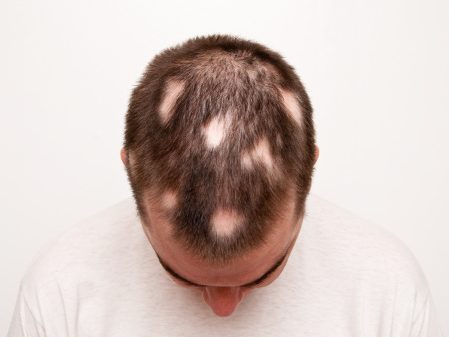
Reasons for alopecia areata:
Alopecia areata may be caused by an autoimmune condition. In autoimmune conditions, you may be attacked by viruses or bacteria. if you have alopecia areata, your immune system wrongly attacks your hair follicles. It guides hair loss.
People who research alopecia areata, don’t know the proper reason for this. Some imaginable risk factors have been recognized, like:
1. Genetics 2.Health conditions 3. Vitamin D deficiency
A condition known as nivolumab-induced alopecia areata. This happens in people who are being treated with the cancer pill nivolumab. Hair loss is a sign that the drug is working.
Hair loss: Typical reasons and treatment:
Alopecia areata may appear on your scalp or your eyebrows, eyelashes, and face, and can be on other parts of your body. It can also grow slowly and recur after years between instances.
When hair loss affects all the hair on your body, the condition is called alopecia Universalis. When your hair does grow back, it’s possible you might experience hair loss again. The capacity for hair loss and regrowth varies from person to person.
There is currently no treatment for alopecia areata, but there are some positive things you can hold in mind about the situation and your viewpoint.
Hair loss does not always stay lifelong. The hair follicles themselves are active, so hair can often be grown again.
Stay away from stress, which can reduce your hair loss.
More Read: Top-5 Body Lotions for Aging Skin
Treatment:
There are no proper Alopecia Areata Treatments. But some treatments can slow down your hair loss and speed up your hair growth. Some rules and regulations have to follow. You have to remember that It can work out or not but you have to continue. Some people face hair loss condition while taking treatments.
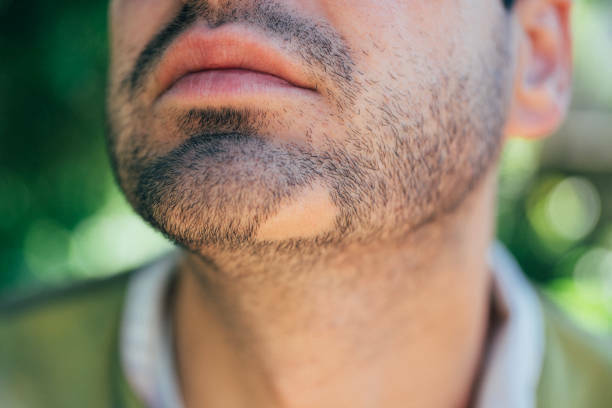
1. Medical treatments:
Minoxidil: It is usually used for Alopecia Areata Treatments. It works for some people who have a medium condition of alopecia areata. Before using minoxidil you have to take suggestions from a certified hair specialist. It normally takes about 4–6 months to see results.
Anthralin: It is a medication that scratches the skin to stimulate hair regrowth.
Corticosteroid creams: clobetasol, foams, lotions, and ointments are considered to work by reducing inflammation in the hair follicle.
2. Injections:
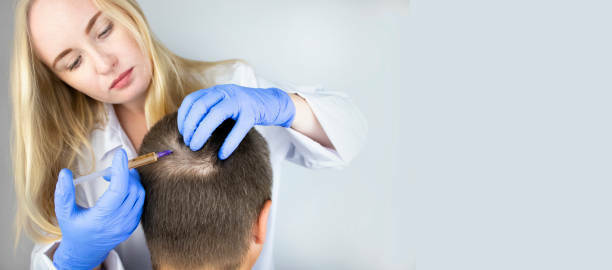
Steroid injections are a standard option for mild, patchy alopecia to assist hair growth back into hairless areas Slim needles inject the steroid into the hairless place.
The therapy has to be recounted every 1 to 2 months. It does not stop new hair loss from happening.
3. Oral treatments:
Cortisone tablets are occasionally used for comprehensive alopecia, but due to the case of side effects, you have to discuss this choice with a doctor.
Oral immunosuppressants, like methotrexate and cyclosporine, are another option you can try. They operate by blocking the immune system’s response, but they cannot be used for a long time for the risk of side effects, such as high blood pressure, liver and kidney damage, and lymphoma.
More Read: 5-Best Lotion For Dry Skin in the winter
4. Laser and Light therapy:
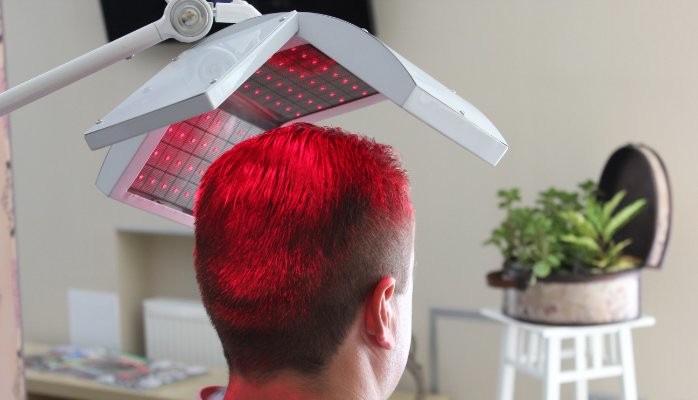
Light therapy is also named photochemotherapy, which uses a light sensitizer, or phototherapy, which uses specific wavelengths of ultraviolet rays for their healing effects. Laser treatment provides specific amounts of radiation to promote new hair growth. Both treatments are deemed safe and useful.
5. Natural treatment:
People with alopecia areata choose alternative treatments to treat the disease. It is important to know that these are all observed. They have not been tried in clinical trials, and there is no reliable medical or scientific proof to show that they are useful.
Natural and alternative therapies include acupuncture, aromatherapy, vitamins and supplements, essential oils, onion juice massaged onto the scalp, and probiotics.
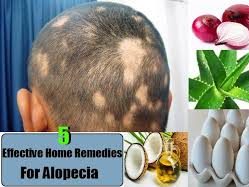
Some proof that changes in diet may have a positive impact.
An anti-inflammatory diet can work out. This type of eating plan is developed to help decrease the body’s autoimmune response and further hair loss.
On this diet, you have to eat foods that are known to reduce inflammation procedure. The foods of this diet, also known as the autoimmune protocol, are fruits, and vegetables like blueberries, nuts, seeds, broccoli, beets, and lean meats like wild-caught salmon.
Follow up on our other page to find updated posts: Facebook
 Somoy Bulletin সময় বুলেটিন বাংলা নিউজপেপার
Somoy Bulletin সময় বুলেটিন বাংলা নিউজপেপার